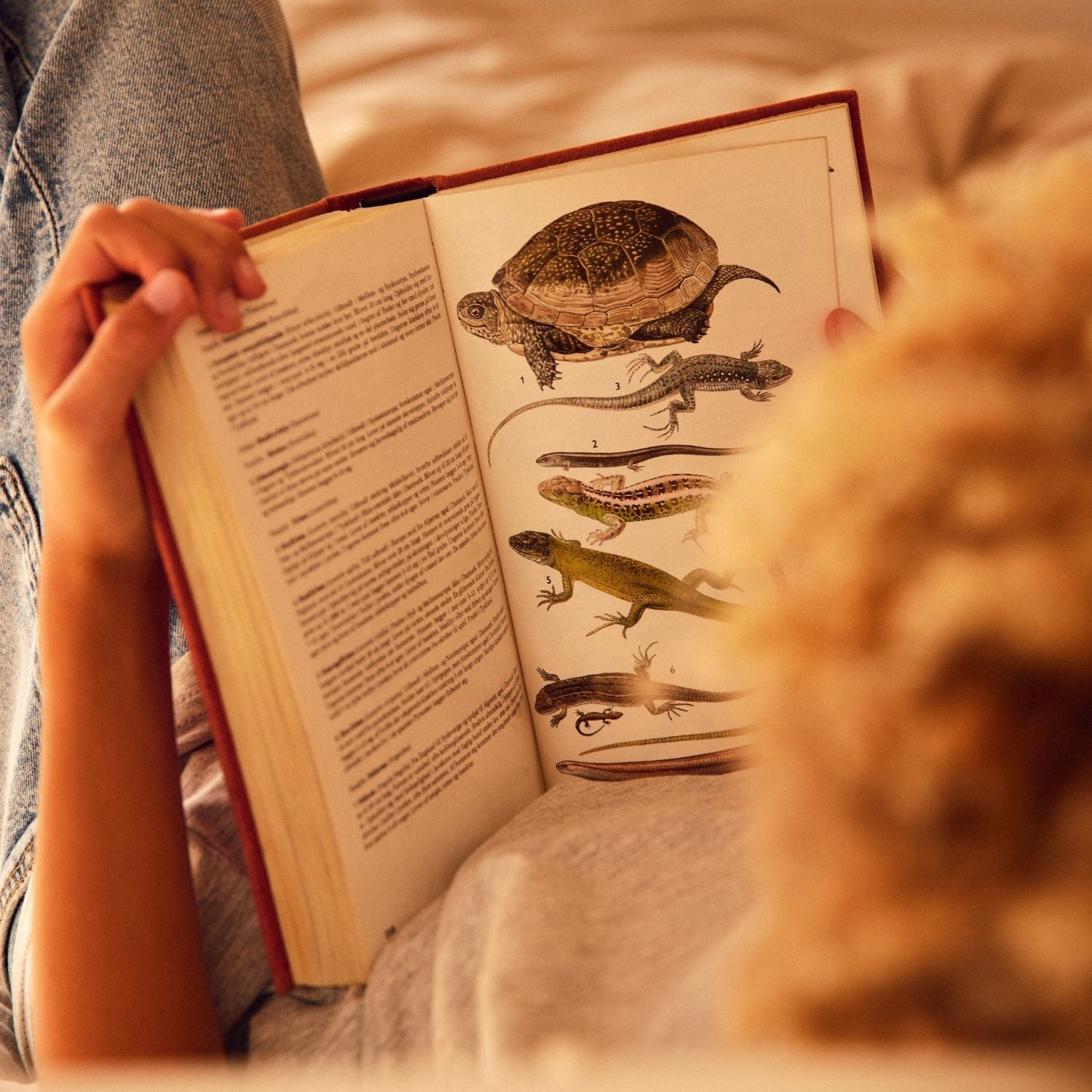De nombreuses familles ont des horaires chargés qui peuvent rendre très difficile la priorisation de l'exercice, même si c'est excellent pour la santé, l'humeur et la capacité de concentration et d'apprentissage de votre enfant. Heureusement, il existe des moyens simples d'activer votre enfant et vous-même tout en passant du temps de qualité ensemble. Et 15 minutes suffisent. Lisez l'article complet pour une grande inspiration.
Points forts:
- Encouragez votre enfant à être physiquement actif tous les jours, même pour quelques minutes seulement.
- L'activité physique peut améliorer la santé, l'humeur et la capacité de concentration et d'apprentissage de votre enfant.
- Même quelques minutes d'activité physique suffisent à stimuler le corps et le cerveau de votre enfant.
- Le jeu d'exercice Lancer les dés est un excellent moyen d'activer votre enfant et vous-même tout en jouant.
Jeu d’exercice lancer de dés
La conseillère sensorimotrice, Mette Drescher Jensen , explique pourquoi le jeu d'exercice Lancer les dés motive votre enfant à être physiquement actif.
« L’activité est un moyen facile d'intégrer un peu plus de mouvement et d'entraînement moteur sensoriel dans votre vie quotidienne. Quelques minutes d'activité suffisent pour faire travailler le corps et le cerveau de votre enfant. Les enfants aiment généralement quand il y a un élément de jeu et ils peuvent lancer les dés. Vous pouvez obtenir un gros dé moelleux pour ajouter du plaisir supplémentaire au jeu ou créer le vôtre. Si vous faites les activités ensemble, cela améliorera sûrement votre humeur aussi. »
Donc, la clé est de le rendre amusant et de donner aux activités un but ludique. Mette Drescher Jensen recommande les 6 activités ci-dessous pour le jeu. Tout d'abord, votre enfant lance les dés pour décider quelle activité faire. Toutes les activités sont super simples et faciles à intégrer à votre rythme quotidien, mais elles peuvent faire une grande différence pour l'humeur de votre enfant, ses habiletés motrices et sa capacité à se concentrer et à apprendre. Alors, amusez-vous à jouer avec votre tout-petit !
1. Faire tourner la chaise
« Tourner sur une chaise de bureau entraîne le sens vestibulaire de votre enfant, également connu sous le nom de sens du mouvement, de la gravité et de l'équilibre. Tourner sur lui-même augmente la vigilance et la concentration du cerveau, mais ne pas tourner pas trop vite – il est important que votre enfant ne soit pas étourdi mais qu'il s'amuse avec. Cette activité est si simple, mais si bonne. Cela facilitera la concentration de votre enfant tout de suite, mais aussi à long terme. »
2. Marcher sur une ligne
«Les petits pieds sont naturellement attirés par le défi de marcher le long d'une ligne, et cela offre de nombreux avantages en matière de développement. La marche sur ligne est une excellente activité car elle implique de nombreux muscles et articulations différents, et elle peut aider à améliorer le sens de l'équilibre, de la stabilité, de la coordination pied-œil et de la concentration de votre enfant. Si votre enfant a du mal à marcher sur la ligne, montrez-lui comment tendre les deux bras comme un avion. Si c'est trop facile, essayez de sauter ou de sautiller le long de la ligne. »
3. Lancer et attraper
« Lancer une balle est aussi une excellente activité qui aide à développer les habiletés de coordination de votre enfant. La coordination est importante pour une intégration sensorielle optimale - la capacité de donner un sens aux millions d'entrées sensorielles que votre enfant rencontre chaque jour. Le lancer de balle aide également votre enfant à comprendre les distances, à ajuster la puissance musculaire, l'équilibre, la stabilité et la concentration - et la meilleure partie, c'est très amusant. Vous pouvez rendre l'activité plus facile en utilisant un ballon plus gros ou plus lourd en faisant varier la distance entre vous ou en vous tenant debout sur un coussin ou un tabouret. »
4. Faire rouler la balle
« Demandez à votre enfant de s'allonger sur un gros ballon thérapeutique, puis déplacez-le lentement d'avant en arrière et d'un côté à l'autre. Il est important que votre enfant soit heureux et à l’aise. Cette activité entraîne également le sens vestibulaire de votre enfant et peut aider à augmenter l'équilibre, la vigilance cérébrale et la concentration de votre enfant. Si votre enfant souffre du mal des transports ou du mal de mer, cette activité peut également faire la différence. Rappelez-vous, lors de l'entraînement du sens vestibulaire, trop n'est pas mieux - quelques mouvements en arrière et en avant sur le ballon suffisent. »
5. Faire des sauts avec écart
« Faire des sauts avec écart mettra sûrement un sourire sur le visage de votre enfant tout en activant tout son corps. Il entraîne la stabilité, l'équilibre et la coordination. Les sauts avec écart peuvent être une activité difficile pour certains, alors commencez simplement par sauter de haut en bas. Ensuite, sautez tout en déplaçant vos jambes vers l'intérieur et vers l'extérieur. La prochaine étape consiste à déplacer vos bras de haut en bas tout en sautant, et enfin vous pouvez tout mettre ensemble en un seul mouvement. C'est un excellent exercice avant de faire ses devoirs car il active à la fois le corps et le cerveau. »
6. Se tenir comme un chat
« Demandez à votre enfant de se tenir sur les genoux et les mains pendant que vous poussez doucement son corps. Votre enfant activera automatiquement tous ses muscles et articulations pour garder stabilité et équilibre et ne pas se retrouver au sol. Ensuite, c'est à votre tour de vous tenir comme un chat pendant que votre enfant vous pousse. Vous pouvez rendre l'activité plus difficile en soulevant vos genoux du sol. »

